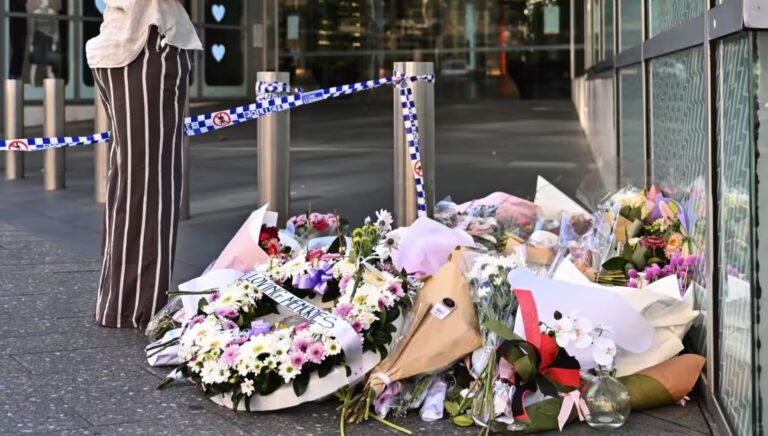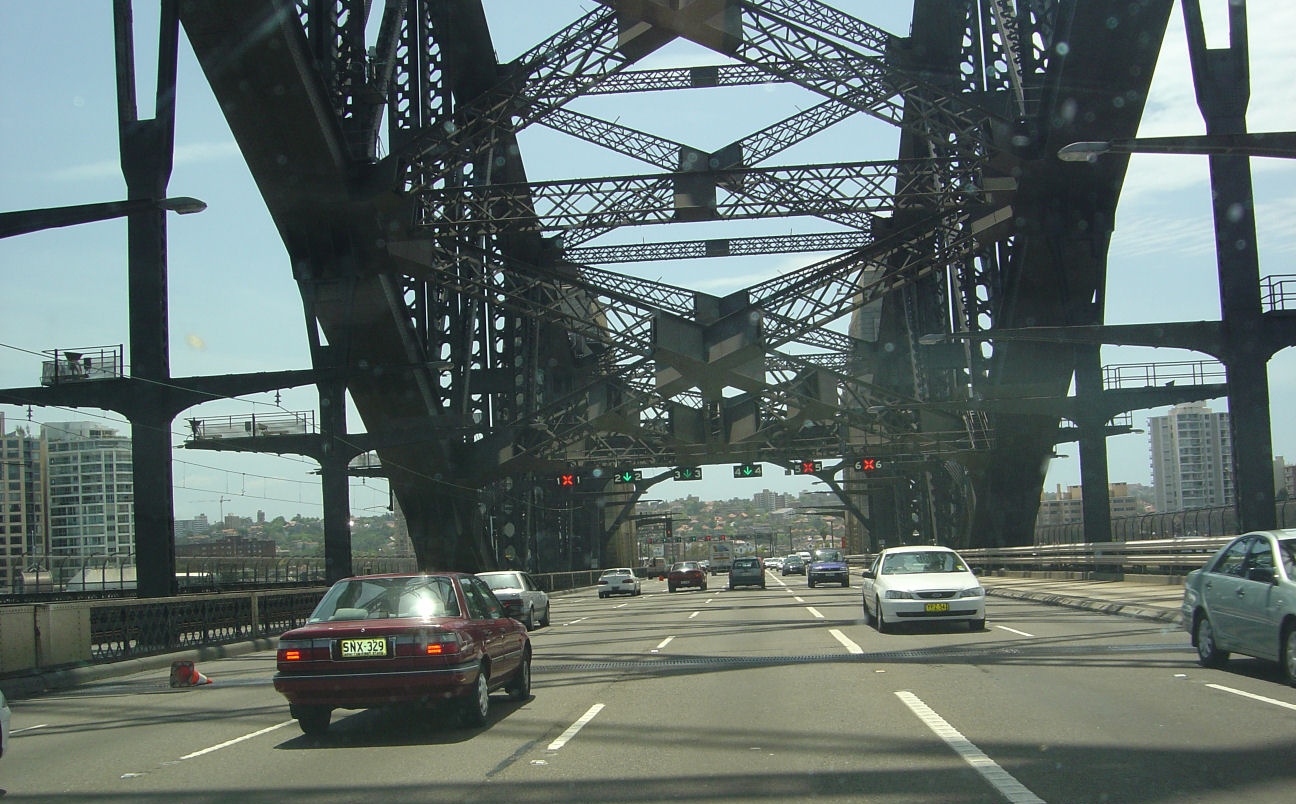
Air pollution levels alarming
BY WENDY BACON
Community groups and school parents are calling on the NSW government to investigate disturbingly high levels of dangerous air pollution around WestConnex works in Haberfield.
The calls follow reports that two WestConnex Haberfield air quality monitors in Sydney’s Inner West recorded higher average levels of fine particulate matter (PM2.5) in 2018 than any Office of Environment and Heritage (OEH) monitor anywhere in NSW for 15 years. (City Hub’s reporter is an author of these reports.)
Particulate matter is tiny solid particles and liquid droplets suspended in air. PM2.5, which is 2.5 micrometers or less in diameter, is linked to cancer and heart disease.
Children are particularly vulnerable as research has shown that PM2.5 can impair lung and brain development. It can worsen pre-existing respiratory illnesses including asthma. There is no evidence of a safe level of PM2.5 below which negative impacts cease.
Six Westconnex monitors have been operating along the M4 East tunnel route since Deember 2017 as a requirement of conditions for the M4 East. These monitors are comparable to NSW Office of Environment and Heritage (OEH) monitors.
We compared 2018 annual average results recorded at the OEH monitors with results recorded at WestConnex monitors owned by the Sydney Motorway Corporation (SMC) controlled by tollway giant Transurban.
One monitor on Ramsay Street Haberfield near Wattle Street recorded an average of 11.6 µg/m³ over 2018. Another monitor inside the grounds of Haberfield Public School recorded 11.2 µg/m³. The national limit for PM2.5 is 8 µg/m³. The global World Health Organisation limit is 10 µg/m³. All WestConnex monitors breached the national limit, including one near the junction of Parramatta Road and the M4 at Strathfield, which was the third highest in NSW. This Strathfield monitor was also the only monitor in Sydney to breach national annual limits for both PM 2.5 and larger particles called PM10.
The results are well above levels predicted in any scenario in WestConnex Environmental Impact Statements (EIS) but they confirm the concerns of critics who were concerned that the computer model used for the EIS asessment had never been used in Australia at that time. The NSW EPA was also not fully equipped to critique the assessment.
Undoubtedly, regional weather patterns and local surface level traffic are a significant factor but do not explain why the levels are higher than at Concord Park (8.6 µg/m³) on busy Parramatta Road.
The high levels also raise questions about whether impacts of years of construction should have been quantified in the EIS, as was suggested by independent Council experts in 2015. Instead, it was assumed that impacts would be mitigated by watering and other techniques which, as the Parliamentary Committee into Impacts of WestConnex found, have often been insufficient.
If these levels as high as annual PM 2.5 of 11 µg/m³had been predicted, the project would not have gone ahead. Any underestimated predictions in the EIS will be compounded in all later WestConnex EIS, including in Haberfield, Camperdown, Rozelle and St Peters, where more road building involving on and off-road diesel and demolition is planned, often close to people’s homes. High pollution levels mean higher health risks than predicted.
The air quality assessment were dependent on traffic studies, which are notoriously uncertain. It may be that congestion is worse now than predicted in 2015. After May 2019, when the M4 East tunnel is expected to open, unfiltered ventilation stacks will also release emissions.
The EIS predicted that some areas of Haberfield, Ashfield and Strathfield will have worse air pollution after WestConnex opens.
The results are particularly upsetting for parents at Haberfield Public School who, since 2015, have been writing submissions, letters and complaints warning of their concerns about air pollution.
In October 2018, they wrote to the NSW Planning Department warning of their concerns about four more years of construction and demolition for Stage 3 of WestConnex. This demolition began last Saturday. On Tuesday, workers stopped work after broken asbestos was found.
Sherrill Nixon, head of the WestConnex committee of the Haberfield P&C Association said, “The analysis showing levels of PM2.5 are higher on average at our school than any other site in Sydney is deeply concerning for Haberfield parents. Many students are sensitive to air pollution, and parents have seen the negative effects of WestConnex construction on their respiratory health over the past two years”.
The Haberfield School monitor is in the playground, away from the road and the massive construction zones. Thousands of people are living in areas where PM2.5 levels are could well be worse. The zone between the two Haberfield monitors has been one of concentrated traffic and road building since 2016.
Nixon said, “Within weeks of the monitor switching on, levels of PM2.5 lifted above the annual average ambient air goal and stayed there. Over the past year, the Haberfield P&C has fought for more transparency in the air quality data and asked authorities to investigate the elevated levels of PM2.5 at our school’s monitor. We have not received a satisfactory response that explains why PM2.5 is higher here than anywhere else recorded in Sydney, and repeat our request for an investigation… the Department of Education should also push for an investigation into these elevated levels. We also believe the Department should direct school staff to check air quality live readings and decide if children should be kept indoors when pollution levels are unsafe.”
The well known Haberfield Association issued a media release stating that the air monitoring results for 2018 alarmed residents and parents.
Jozefa Sobski, Haberfield Association’s Westconnex Liaison Officer, said, “The particulate matter or PM2.5 readings are considerably higher than the Environmental Impact Statement for the M4East Tunnel predicted from its modelling. This is before the tunnel is open and the unfiltered ventilation stacks commence pumping and circulating air.”
Sobski was present when “NSW Health informed an Inner West Council community meeting that short-term exposure worsens pre-existing diseases. Long-term exposure can cause diseases and increase their rate of progression”.
Sobski condemned the government for not caring about the health of inner west residents and their children, and said, “The Haberfield Association wants to preserve and improve the heritage of the suburb and the quality of the community amenity, but if the air is toxic, the ventilation stacks unfiltered, and the surface traffic increasing with widened road capacity, then the quality of the community amenity has been permanently damaged and the ruin can only be progressively worse over time.”
The Haberfield Association is demanding that government commit to filtration of the ventilation stacks now. This should not be delayed by monitoring into the future.
“The air quality is well below the national standard now! Future monitoring is likely to show further deterioration. The tunnel opening is likely to contribute to more toxic air particularly at tunnel exit points,” stressed Ms Sobski.
“The government must act by instigating independent studies into the contributing causes of the poor air quality and the high readings of PM2.5 and PM10. It must act to protect the health of Haberfield and inner west residents. Action now will save lives. Action will contain health effects and costs.”
The Coalition of all groups against WestConnex (CAW) is angry that despite its continual attempts to raise air quality concerns with the NSW government departments in 2018, groups only received reassurances and denials that flew in the face of evidence.
In June 2018, the WestConnex Action Group wrote to the Ministers for Health and Environment raising their concerns about the level of exposure to this around St Peters and Haberfield sites.
Mark Coure, Parliamentary Secretary for Transport and Infrastructure, responded on behalf of the Minister for WestConnex Stuart Ayres, writing, “I am further advised the readings experienced at the Haberfield Public School monitoring station are much similar to other monitoring stations on the New M4 and NSW Environment Protection Authority monitoring stations across Sydney. The results to date do not indicate the Haberfield Public School monitoring station is measuring anything other than the regional pollution level with normal variations across the day.”
Analysis of monthly reports in the first seven months of 2018 show that the average monthly PM2.5 was 11.3 µg/m³ compared to nearby OEH monitors at Chullora, which was 8.7 µg/m³ and Earlwood, which was 8.2 µg/m.
“The Premier and her Ministers knew what they were saying wasn’t true,” said Anne Picot, a spokesperson for CAW. “Right now it is the communities of Haberfield and St Peters which are most exposed to these high levels of particle pollution,” said Picot. “But as WestConnex – with all its unfiltered tunnels – rolls out across Sydney, tens of thousands more will be exposed to it. My question is what are the Premier and the Opposition leader going to do about it? We expect PM2.5 air pollution will be made worse permanently once the tunnels open with unfiltered exhaust stacks. Why doesn’t the Premier care about Sydney’s kids?”
On Tuesday evening, Greens Councillor Rochelle Porteous will move a strong motion calling for urgent meetings with the Premier Gladys Berejiklian, the Leader of the Opposition Michael Daley and the head of the NSW Environmental Protection Authority, to seek explanation and actions to improve the air quality. The Inner West Council has previously written to Ministers and not being satisfied with responses. It has not previously considered this new evidence.
Wendy Bacon was previously the Professor of Journalism at UTS. You can read her reports and see graphs at wendybacon.com. Her co-researchers are open data specialists Henare Degan and Luke Bacon.









